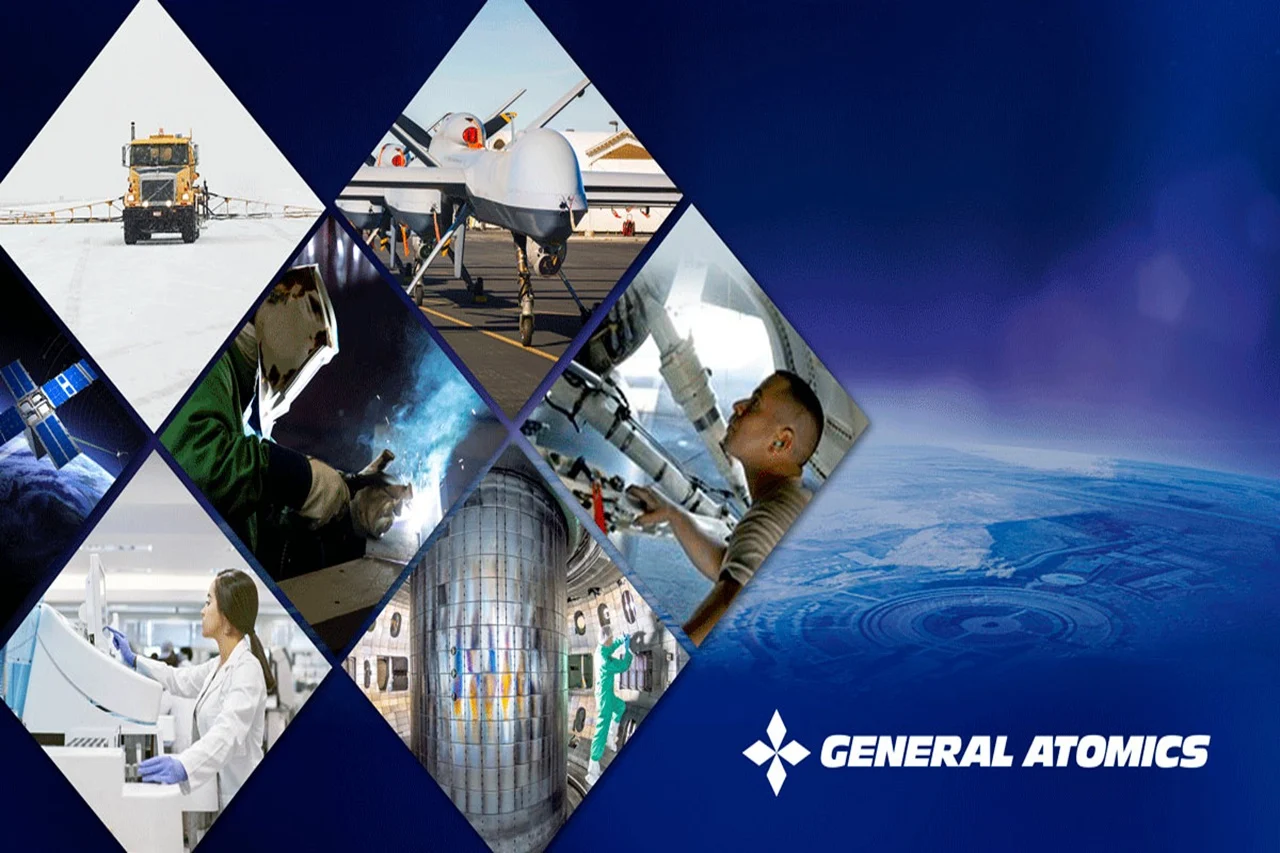Researchers at General Atomics (GA) are playing a pivotal role in addressing one of the most complex and persistent challenges in the pursuit of fusion energy — sustaining and controlling the high-energy fuel that powers fusion reactions. In a landmark collaboration, GA is partnering with Japan’s National Institutes for Quantum Science and Technology (QST) and the European Union’s Fusion for Energy (F4E) to develop and deliver a cutting-edge diagnostic system for JT-60SA, the world’s largest superconducting tokamak, located in Naka, Japan.
This effort marks one of the first contributions to JT-60SA from an organization outside Japan and Europe. The new diagnostic system will allow researchers to precisely measure and understand the movement of high-energy ions — the fast-moving particles that heat and sustain fusion plasma. These insights will be critical in designing future commercial fusion reactors capable of providing clean, virtually limitless energy.
“Fusion has the potential to transform the global energy landscape with a safe, sustainable, and virtually limitless power source,” said Dr. Wayne Solomon, Vice President of Magnetic Fusion Energy at General Atomics. “By delivering this advanced diagnostic system to JT-60SA, this collaboration will enable researchers to gain deeper insights that will be essential for optimizing performance in next-generation fusion power systems.”
Pushing the Boundaries of Fusion Science
Fusion, the same process that powers the sun and stars, involves heating plasma — a superheated, electrically charged gas — to temperatures exceeding 100 million degrees Celsius. Within tokamaks, these extreme conditions are achieved and maintained by fast ions, high-energy particles generated both by powerful external heating systems and by fusion reactions occurring within the plasma itself.
Fast ions serve as the “spark plugs” of a fusion reaction, transferring energy to the plasma and keeping it hot enough to sustain continuous fusion. However, these same particles can also generate waves and instabilities that cause them to deviate from their paths, leading to energy loss and reduced reactor performance.
Understanding and controlling the complex behavior of fast ions is therefore one of the most significant scientific challenges in fusion research. The GA-led diagnostic project for JT-60SA is designed to help solve this problem.
A Global Collaboration Accelerating Fusion Development
The collaboration operates under the Broader Approach Agreement between the European Atomic Energy Community (Euratom) and Japan, an international partnership established to complement the ITER project — the world’s largest fusion experiment under construction in France. Together, these initiatives aim to accelerate the development of practical fusion power.
Fusion for Energy (F4E), the organization managing Europe’s contribution to ITER, oversees Euratom’s share of the project. On Japan’s side, the National Institutes for Quantum Science and Technology (QST) leads implementation. QST, founded in 2016, plays a key role in advancing Japan’s quantum and radiological science research and serves as a cornerstone institution in global fusion efforts.
For GA, this collaboration underscores its long-standing leadership in fusion innovation. By contributing advanced diagnostics and scientific expertise, GA is helping integrate global research efforts and providing vital tools for understanding plasma behavior in the next generation of tokamaks.
Fast-Ion D-alpha Diagnostics: Mapping the Heart of Fusion Plasma
The new system being developed for JT-60SA is based on General Atomics’ Fast-Ion D-alpha (FIDA) diagnostic technology. Originally developed under the U.S. Department of Energy’s Fusion Energy Sciences program, the FIDA system enables high-resolution observation of fast ions within a fusion plasma.
The principle behind the FIDA diagnostic is both elegant and powerful: when fast ions collide with a beam of neutral atoms, they emit distinct spectroscopic “fingerprints.” By capturing and analyzing these faint light signals, researchers can reconstruct the ions’ location, speed, and movement patterns in real time.
This data provides a window into the inner dynamics of the plasma — a view that was previously unavailable with conventional diagnostics. By comparing these measurements to computer simulations, scientists can validate theoretical models, identify performance-limiting instabilities, and develop methods to control or mitigate them.
With the integration of this system, JT-60SA will effectively become a “fast-ion observatory”, offering unparalleled insights into the physics of fusion plasma. This will not only help researchers optimize JT-60SA’s own performance but also guide the design and operation of future commercial fusion power plants.
From Prediction to Control
“This work gives us the tools to move from best guesses to reliable prediction and controls,” said Christopher Muscatello, Senior Scientist at GA’s Center for Advanced Diagnostics and Metrology. “By understanding how fast ions drive or respond to instabilities, we can design reactors that maximize performance, extend component lifetimes, and bring fusion energy closer to reality.”
Muscatello’s statement reflects a broader shift in fusion research — from observation to predictive science and active control. As data-driven diagnostics and modeling techniques mature, scientists can now anticipate plasma behaviors and adjust parameters dynamically to maintain stability and maximize output.
Such predictive control systems will be essential for the success of future fusion reactors like ITER and the commercial demonstration plants that follow.
General Atomics: A Leader in Fusion Innovation
General Atomics, headquartered in San Diego, California, has long been recognized as a global leader in fusion science, technology, and manufacturing. The company operates the DIII-D National Fusion Facility for the U.S. Department of Energy (DOE) — the largest operating tokamak in the United States and one of the most advanced in the world.
Through DIII-D and its global collaborations, GA continues to pioneer innovations in plasma control, materials science, and reactor engineering. The company’s expertise spans diagnostic systems, magnet design, high-power heating technologies, and computational modeling — all critical elements for developing sustainable fusion power.
In addition to its research contributions, GA partners with laboratories and universities worldwide to design custom components and integrated systems for international fusion projects, reinforcing its role as a cornerstone of the global fusion community.
Toward a Sustainable Energy Future
The collaboration among GA, QST, and F4E represents a vital step toward realizing the dream of fusion as a safe, sustainable, and abundant energy source for the planet. By delivering advanced diagnostics that help scientists decode the behavior of the plasma’s hottest and most energetic particles, GA and its partners are bringing humanity closer to the era of practical fusion power.
As JT-60SA advances into full operational testing, the insights gained from these diagnostics will form a scientific foundation for the design and control of next-generation reactors — systems capable of delivering clean energy on a commercial scale.
With each technological breakthrough, the vision of replicating the power of the stars on Earth becomes less a distant aspiration and more a tangible, achievable goal.



